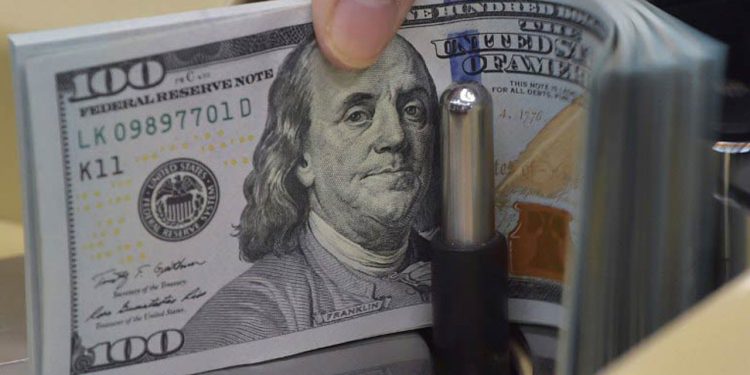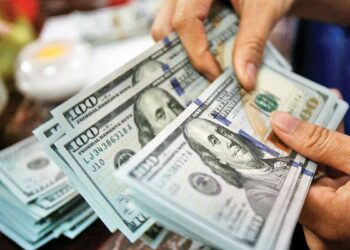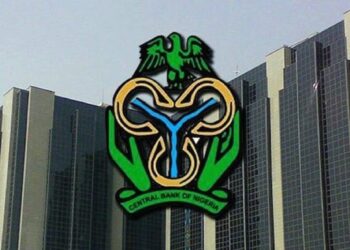The naira continued its decline against the U.S. dollar, closing at N1,660.49 in the official Investors and Exporters (I&E) window, despite a significant increase in market turnover. This 0.05% depreciation from the previous day’s rate of N1,659.69 comes at a time when crude oil prices have surpassed the N1,000 mark, according to the National Bureau of Statistics (NBS).
Despite the naira’s slide, market activity surged, with total turnover reaching $330.18 million, a notable rise from the $177.10 million recorded in the previous trading session.
Key Data and Market Trends
– **Closing Exchange Rate:** On October 17, 2024, the naira ended trading at N1,660.49 per dollar, a slight drop from the previous day’s figure of N1,659.69.
– **Intra-Day Fluctuations:** The currency fluctuated between a high of N1,670.00 and a low of N1,540.00 before settling at the closing rate of N1,660.49.
– **Market Turnover:** Trading volume in the I&E window saw a substantial increase, reaching $330.18 million, compared to $177.10 million the day before. For the month of September, total market turnover stood at $3.3 billion.
– **Parallel Market Rates:** In the parallel market, the naira opened at N1,634.56 per dollar and experienced similar fluctuations, closing slightly higher at N1,634.27.
Persistent Volatility
The naira has faced relentless volatility throughout 2024, losing more than half of its value since the beginning of the year. Starting at N907.11 per dollar in January, the currency crossed the N1,500 threshold by October. A brief recovery in March saw the exchange rate stabilize around N1,303, but by mid-April, the naira had dropped below N1,100, reaching another low of N1,002.
In September, the currency closed at N1,668.97, and October has seen further instability, with the naira struggling to regain footing in the foreign exchange market.
Rising Petrol Prices
NBS data for September indicated a sharp rise in the price of Premium Motor Spirit (PMS), commonly known as petrol. The average price in September was N1,030.46, a 64.55% increase compared to N626.21 in the same period in 2023. This spike reflects a 24.08% increase from August alone, further compounding inflationary pressures on the economy.
Outlook
Despite the continued devaluation of the naira and economic challenges, some analysts remain cautiously optimistic about potential stabilization. Favorable policy changes and global factors, such as a possible weakening of the dollar, could offer some relief. However, as the year progresses, the naira’s recovery will depend on a combination of domestic reforms and external economic developments.
As Nigeria’s economic landscape continues to evolve, both policymakers and investors will be closely watching the interplay of these factors to determine the naira’s trajectory in the coming months.










